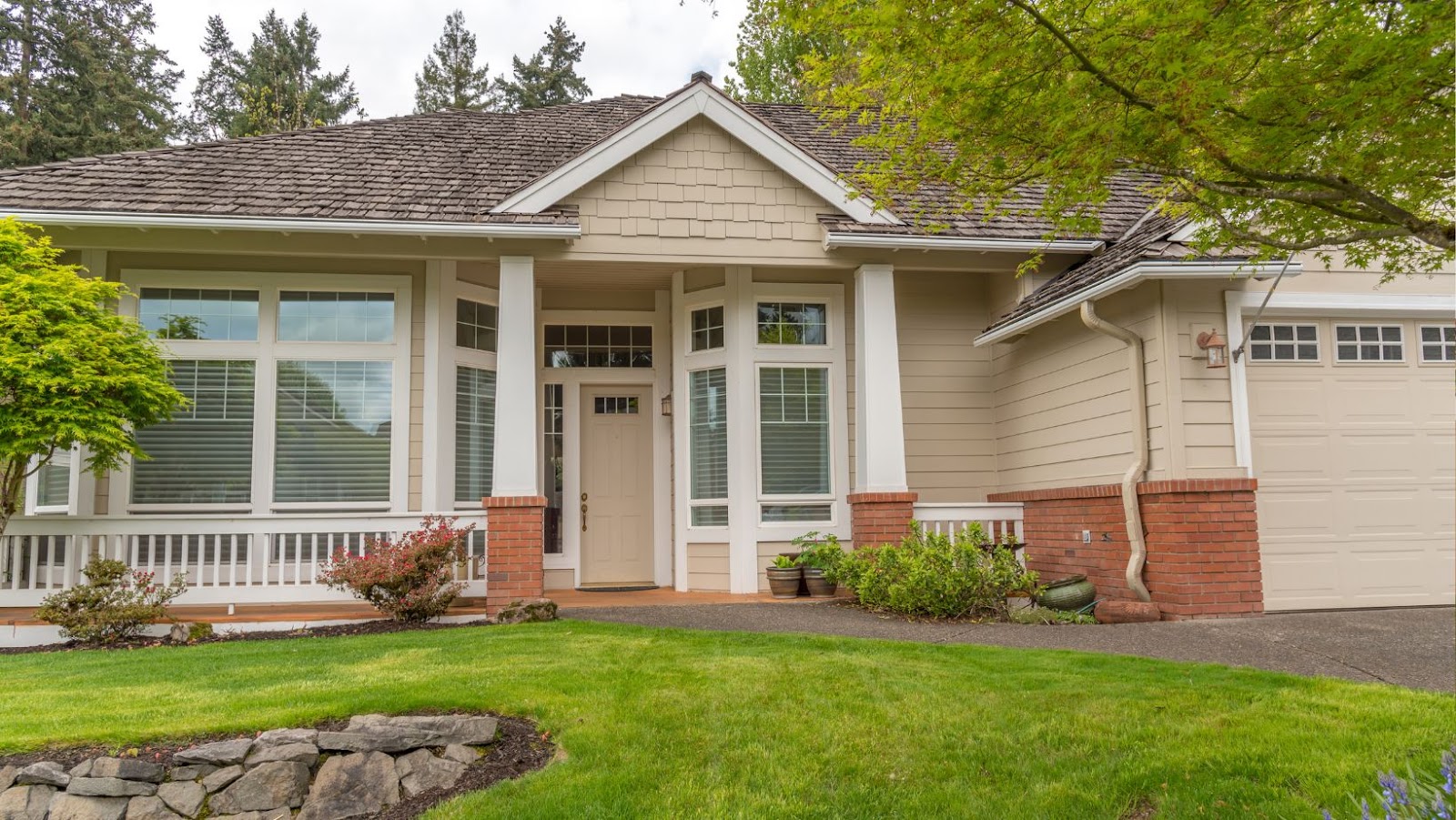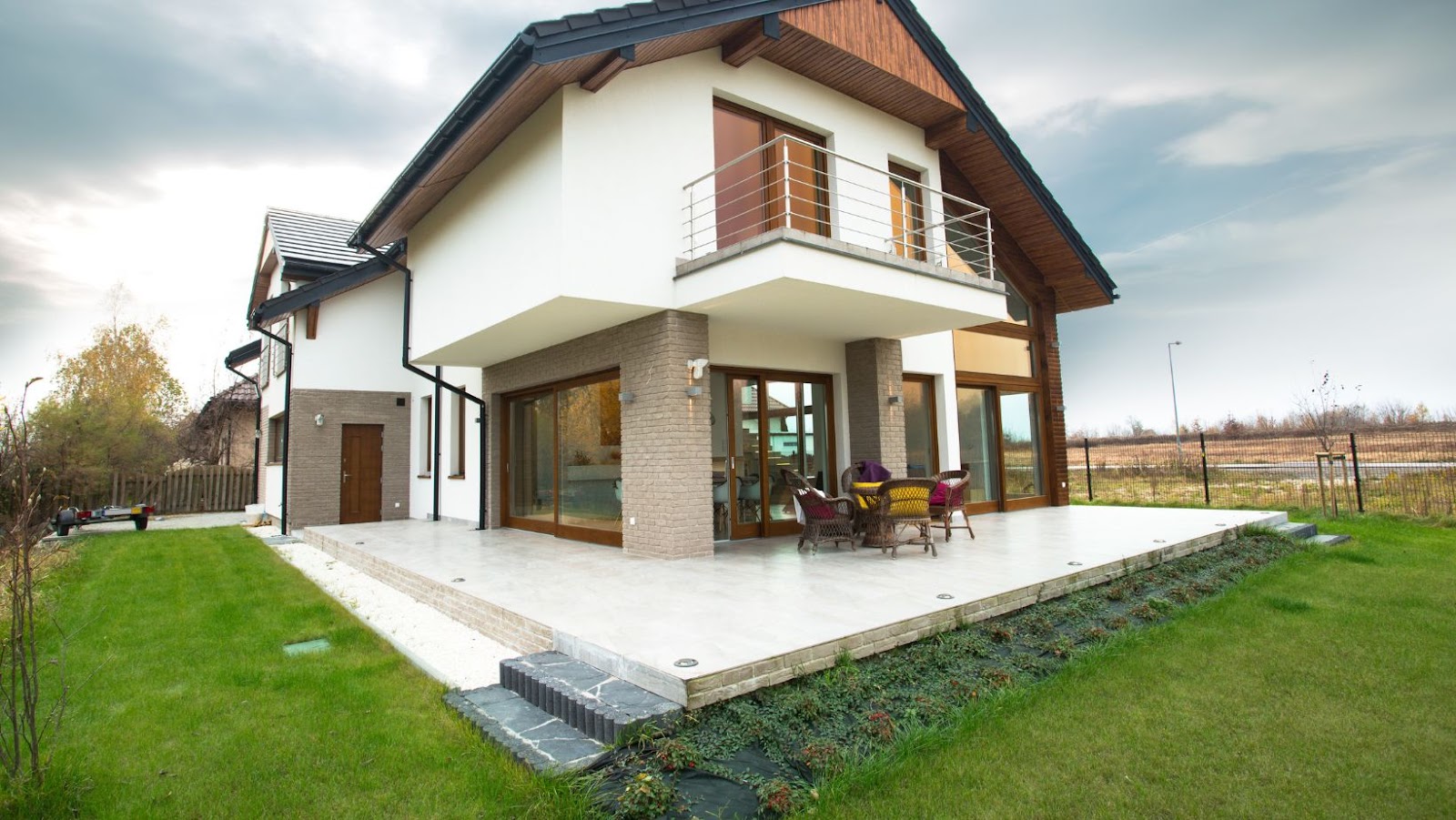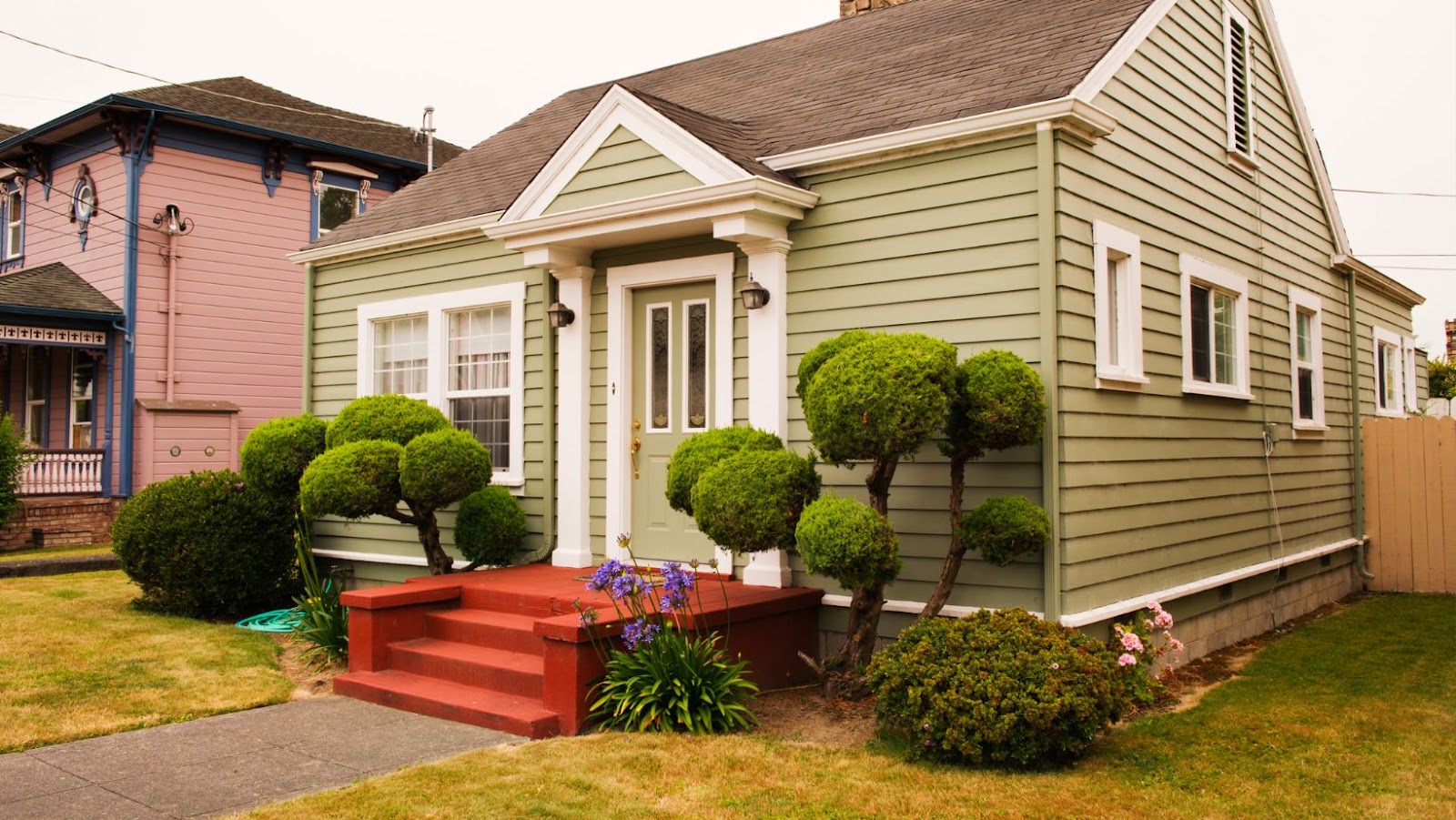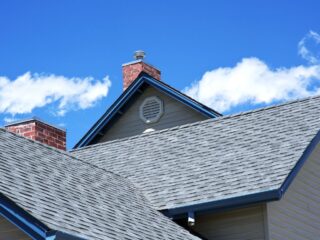
Investing in an income producing multi family home can be a great way to make money. Not only does the extra rental income provide added security for your retirement, but multi family homes often appreciate faster than single family homes, making them a great long-term investment. In addition, the ability to diversify and spread risk across multiple properties improves your chances of continuing to produce steady income throughout fluctuations in the housing market.
Before you get started on your project, there are some important considerations that must be kept in mind as you look into turning a single family home into a multifamily living space. From understanding physical limitations to researching legal requirements and zoning regulations, this guide will provide an overview of the process of converting a single family home into a multifamily building.
Benefits of Multi Family Homes
Multi Family homes can provide a variety of benefits for both homeowners and tenants. These benefits include the potential for increased income, the ability to build equity, and reduced operating costs. In addition, multi-family homes offer more flexibility when it comes to accommodating different lifestyle needs and can even be used to help house extended family members.
In this article, we’ll look at the pros of multifamily homes and how to turn a single family home into a multifamily home:
Increased Rental Income
Multi-family homes provide an opportunity for real estate investors and homeowners to increase their rental income. By converting an existing single family home into a multi-family home, you can increase the number of tenants that occupy the property and rake in more money with each tenant paying rent. In addition to increased rental income, there are other financial benefits associated with multi-family homes.
The additional rental income from the second unit can help defray costs of the mortgage, property tax payments and other expenses such as utilities and maintenance costs associated with owning multiple properties. Multi-family homes often come with additional tax deductions which allows investors to deduct a portion of the expenses associated with running their investment properties. This can significantly reduce taxable income and overall tax liabilities.
Finally, real estate values are generally higher for multifamily units than single family units, so if you list your multi-family residence for sale, you’re likely to see a higher selling price than if it were a single family home. This makes multifamily residences a great way to generate more revenue long term when done correctly.
Long-term Investment
For those looking to invest in property, turning a single family home into a multifamily can be a great financial decision. From potential tax benefits to an increased return on investment (ROI), multi-family homes offer several advantages that are hard to find with other types of real estate investments.
By renting out multiple units, owners can enjoy multiple streams of rental income as opposed to relying solely on one tenant. Furthermore, this type of investment generally provides more stability than other forms of investing, since the tenant pool is larger and there is a lower risk of being vacant or having late payments. Having such a large population within the same area also ensures that if serious maintenance issues do arise, finding tradespeople to fix them won’t be too much of an issue.
Finally, due to these long-term viable investments, landlords are federally protected against tenant abuse by property standards laws – these help make sure the building meets certain safety and quality standards; protect tenants from landlord harassment; and provide them with certain amounts of notice before making changes or ending tenancy agreements. This helps ensure both parties have peace-of-mind knowing their rights are being respected and create opportunities for more growth in the future.
Tax Benefits
Owners of multifamily homes can enjoy several tax benefits associated with their investments. Depending on the type of multifamily property you own, you may benefit from tax deductions including depreciation write-offs.
Multi Family homes are usually rented to tenants and are considered a business, which allows the owner to deduct certain expenses on their taxes. Common deductions for rental properties include:
- Mortgage interest
- Repairs and maintenance costs
- Travel expenses for property management or building inspections
- Real estate taxes
- Supplies needed for day-to-day operations such as utilities or cleaning services
- Insurance premiums
Additionally, when converting a single-family home into a multifamily home (known as “accessory dwelling units” in some local territories), owners may temporarily claim construction costs – including professional labor and materials – as depreciation deductions. By taking advantage of these government incentives, landlords save money on their taxes while increasing the value of their rental property over time.
Easier to Manage and Maintain
When converting a single family home into a multifamily property, you will benefit from having the added flexibility of managing multiple units. This can make managing and maintaining your property easier since you don’t need to separate maintenance tasks for each unit or worry about having different tenants in one house. Plus, you’ll be able to manage your overall occupancy costs more effectively as one tenant rents an entire unit rather than just one room.
Additionally, creating separate utilities and entrances for each unit can make it easier for tenants to pay their rent, since you can bill them separately for their individual bills instead of combining them together in one payment. Furthermore, with revenue coming from multiple sources, servicing a single loan becomes much more manageable and reliable as rental costs may vary less due to the larger number of tenants.
Overall, with multifamily homes, management and maintenance costs tend to balance out over time due to the stability that comes with income coming from more than just a single source.
How to Turn a Single Family Home into a Multifamily Home
Many people are looking for ways to maximize their real estate investments and a great way to do so is by converting their single family home into a multifamily home. Doing this can provide a number of benefits, such as increased rental income and potential tax savings.
In this article, we’ll look at how to turn a single family home into a multifamily home, and what the benefits are of doing so:
Research Local Laws and Regulations
Before you begin any renovations or changes to a home, it is essential to research and understand the local laws and regulations that govern multifamily dwellings. Each city, town, municipality or county might have specific requirements for things such as zoning, building permits, rights of tenants and height limits. Get in touch with your local planning and zoning department to determine what rules apply to your single family home conversion project before starting.
Be sure to ask questions about:
- Zoning regulations including required frontage widths
- Maximum floor area ratio (FAR)
- Scheme area calculations
- Setbacks from property lines
- Maximum number of stories
- Maximum house density
- Parking requirements for each residence.
Understanding the local laws and regulations related to multifamily dwellings will ensure that your project meets all legal requirements before construction begins.
Make Necessary Repairs and Updates
When turning a single-family home into a multifamily property, the most important thing to consider is safety for all tenants. Therefore, it’s critical to make sure that all necessary repairs and updates are made prior to leasing out each unit. This includes inspecting the structure and making any needed repairs, such as fixing flooring or plumbing problems, and updating electrical systems to match current Code standards.
In addition, any amenities that are included in the rental agreement—like heating, cooling, or appliances—should be inspected and repaired as needed.
It’s also important to consider other tenant expectations when turning a single-family home into an income-producing multifamily property. For instance, existing noise levels can impact how much tenants are willing to pay for rent compared to market values in the area. Reducing noise levels with soundproofing material or acoustic panels can improve tenant satisfaction while also increasing profitability of the multifamily home.
Lastly, landlords should make sure that any common areas—like shared decks or patios—are safe for tenants by ensuring they are in good condition and making necessary repairs before renting out the units.
Design the Layout
Designing the layout for a multifamily home is an important step in the conversion process. Make sure you consider the desired space and decide how much living space each family will have. Think about separating common areas such as a kitchen and living room with multiple entrances to clearly define each unit. Also, calculate the maximum number of bedrooms that can be included in the design while still ensuring it complies with local zoning codes.
If you’re converting a single-family home into a duplex or triplex, creating enough bedroom and bathroom layouts to accommodate families of different sizes will be essential. Bedrooms must have window size openings with sufficient egress ventilation to meet safety standards, and bathrooms must comply with standard plumbing requirements. The interior layout should be sufficient enough to ensure that current tenants are comfortable as well as secure adequate rental income from prospective tenants by providing them with desirable living spaces that feature modern amenities such as additional storage, stainless steel appliances, updated fixtures and other perks such as decks or balconies, in-unit laundry facilities or private yards for exterior entertaining areas.
When designing your building plans for rebuilding work or expanding an existing structure due to population growth consider working with experienced engineers or architects specialized in providing commercial services for multifamily dwellings. This will help ensure compliance with all applicable zoning regulations governing your intended project at both the city and county level for safety protocols related to property boundaries, fire safety measures and traffic control algorithms among other concerns applicable within your particular area of residence. Additionally, this may prevent costly delays due to improper calculations when making math conversions among imperial units of feet inches versus metric units like meters & centimeters during blueprint blueprint preparation prior to construction start-up dates.
Prepare for Tenants
Once you’ve gone through the steps for dividing your single-family home into a multifamily residence, it’s time to start preparing for tenants.
Before you can begin advertising and placing tenants, you must make sure your multifamily home is legally sound and meets all local building codes. Most cities have laws pertaining to the number of people allowed to reside in a particular dwelling, so you must be sure that the structure aligns with those requirements. It’s best to contact an attorney or a building inspector at this stage to clarify any questions or concerns that may exist.
In addition, your local city or county might require that you obtain permits for renting out portions of your multi-family residence. Be sure to research any paperwork necessary before going forward with any contractual agreements with potential tenants.
Once legal matters are settled and permits are obtained, focus on making sure each unit is up to par in regards to safety regulations. Install smoke detectors and carbon monoxide detectors in each area being rented out and make sure they are working properly. Additionally, check all outlets throughout each living space for protective covers and working wiring as well as check taps throughout the property for safe water pressure.
Sanitary living spaces are common expectations of potential renters, so it is important that each unit contains functioning toilets, showers and sinks along with refrigerator/freezer combinations if provided. Ensure no plumbing or drainage problems remain before presenting a property tour to prospective tenants by running tests on these fixtures if needed.
Finally, look into basic tenant services like garbage removal if needed and consider more extended features such as laundry services that can attract more opportunity seekers in the rental market.
Conclusion
In conclusion, a multifamily home can be an attractive investment proposition. By having multiple rental units in one convenient location, investors can maximize rents while minimizing expenses. Furthermore, these investments are often more resilient in downturns as affordability is key to maintaining demand.
Although the idea of converting a single-family home into a multifamily home can seem daunting, there are ways to make the process smooth and successful. Careful research into local ordinances and regulations will ensure that all aspects of the conversion are in compliance with the law. In addition, developing an accurate budget for labor and material costs plus obtaining appropriate permits will help to ensure that everything runs smoothly with the project from start to finish.
With patience and diligent research and planning, it is possible to convert a single family home into useful multifamily housing that delivers solid returns to investors while meeting housing needs within a community.







